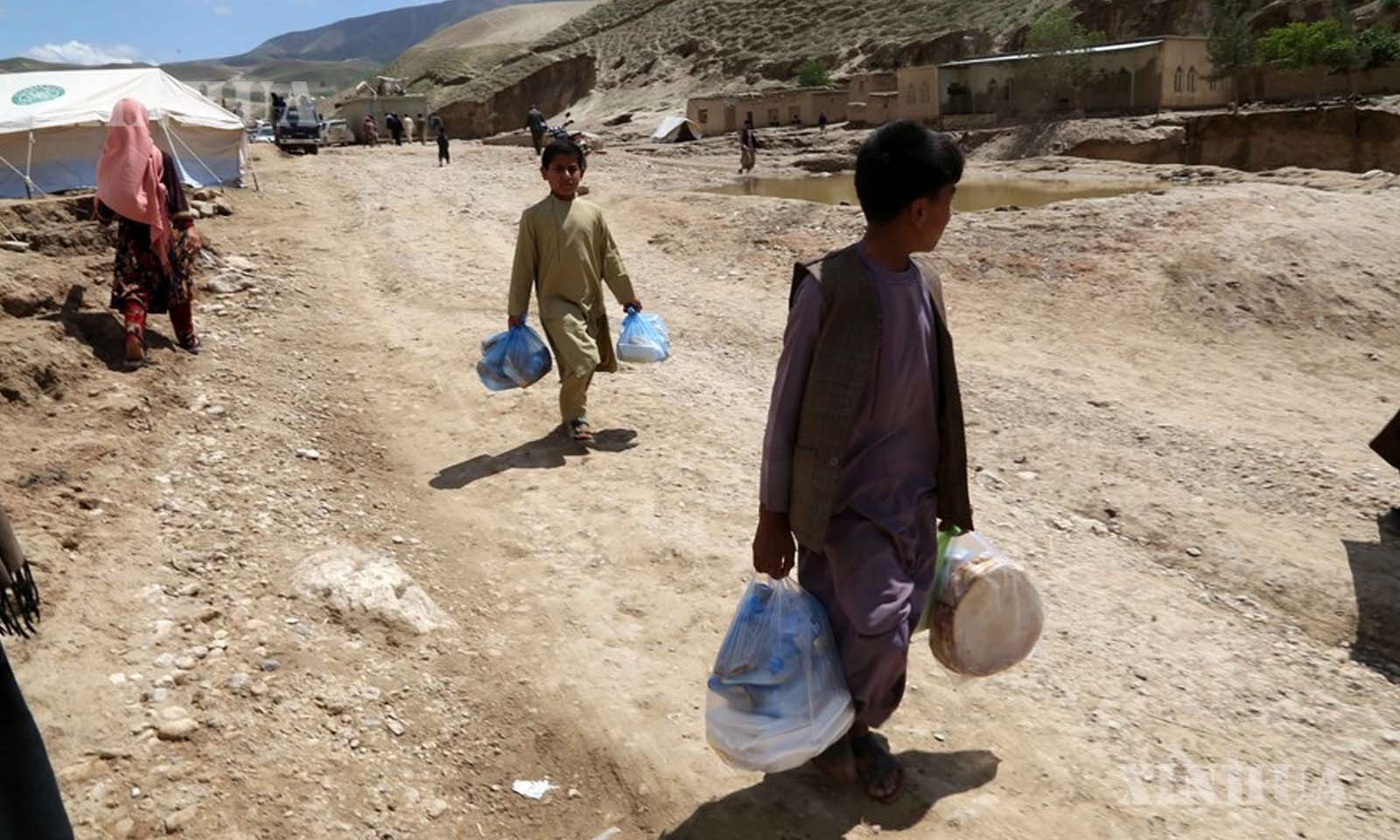Africa & Middle East
ပြီးခဲ့သည့်နှစ်အတွင်း အာဖဂန်နစ္စတန်နိုင်ငံ၌ အသည်းရောင်အသားဝါ ဘီ နှင့် စီ ဗိုင်းရပ်စ်ပိုး ကူးစက်ခံထားရသူ ၁၅,၀၀၀ နီးပါးရှိ

ကဘူးလ်၊ ဇူလိုင် ၂၉ ရက် (ဆင်ဟွာ)
ပြီးခဲ့သည့်နှစ်အတွင်း အာဖဂန်နစ္စတန်နိုင်ငံ၌ အသည်းရောင် အသားဝါ ဘီ နှင့် စီ ဗိုင်းရပ်စ်ပိုး ကူးစက်ခံထားရသူ ၁၅,၀၀၀ နီးပါးရှိကြောင်း နိုင်ငံ၏ ပြည်သူ့ကျန်းမာရေးဝန်ကြီးဌာနက ဇူလိုင် ၂၈ ရက်တွင် သတင်းထုတ်ပြန်သည်။
လွန်ခဲ့သည့် တစ်နှစ်အတွင်းလူပေါင်း ၁၅,၀၀၀ နီးပါး အသည်းရောင်အသားဝါ စီပိုး ကူးစက်ခံထားရပြီး ၎င်းတို့အနက် ၁၂,၀၀၀ မှာ အသည်းရောင်အသားဝါ ဘီပိုး ကူးစက်ခံထားရပြီး အခြား ၁,၃၀၀ ခန့်မှာ အသည်းရောင်အသားဝါစီပိုး ကူးစက်ခံထားရကြောင်း ကျန်းမာရေးဝန်ကြီး မော်လာဝီ အဘ် ဒူဝါ လီဟာကာနီက ဇူလိုင် ၂၈ ရက်တွင် ကျင်းပသည့် ကမ္ဘာ့ အသည်းရောင်ရောဂါနေ့အခမ်းအနားတွင် ပြောကြားသည်။ အိုးမဲ့အိမ်မဲ့ဖြစ်မှု၊ ရွှေ့ပြောင်းနေထိုင်မှု၊ ဆင်းရဲမွဲတေမှု၊ မူးယစ်ဆေးဝါးသုံးစွဲမှု၊ စစ်ဆေးမှုမရှိဘဲ သွေးလှူဒါန်းခြင်းနှင့် တစ်ကိုယ်ရေသန့်ရှင်းမှု မရှိခြင်းတို့သည် နိုင်ငံအတွင်း၌ အသည်းရောင် အသားဝါ စီပိုးပျံ့နှံ့မှု၏ အကြောင်းရင်းများဖြစ်သည်။
အာဖဂန်နစ္စတန်၏ ပြည်နယ် ၃၄ ခုအနက် ၁၂ ခုတွင် ကုသရေးနှင့် ထိန်းချုပ်ရေး အသည်းရောင် အသားဝါရောဂါရှာဖွေရေးစင်တာများကို ဖွင့်လှစ်ကာ ကျန်းမာရေးစောင့်ရှောက်မှုများ ပေးလျက်ရှိသည့်အပြင် အခြားပြည်နယ်ရှစ်ခုတွင်လည်း အဆိုပါဗိုင်းရပ်စ်ကူးစက်ခံထားရသော ပြည်သူများအတွက် ဆေးဝါးကုသမှုများဆောင်ရွက်ပေးလျက်ရှိကြောင်းကျန်းမာရေးဝန်ကြီး မော်လာဝီအဘ်ဒူဝါလီဟာကာနီက ပြောကြားသည်။ (Xinhua)
………………………..
(English Version)
Nearly 15,000 infected with hepatitis viruses in Afghanistan in 1 year
KABUL, July 28 (Xinhua) — Nearly 15,000 people have been infected with hepatitis B and C viruses in Afghanistan in the past year, the country’s Ministry of Public Health reported on Sunday.
Nearly 15,000 people have been infected with hepatitis viruses over the past one year, among whom 12,000 are affected with hepatitis B and about 1,300 others contracted with hepatitis C, said Mawlawi Abdul Wali Haqqani, deputy minister for health services for the ministry in a ceremony that marked the World Hepatitis Day.
Based on anticipations, over 100,000 people in Afghanistan have been infected with hepatitis, including 70,000 with hepatitis B and 30,000 cases with hepatitis C in the past one decade, said Haqqani, adding that the number of hepatitis cases in Afghanistan is decreasing.
According to Haqqani, displacement, migrations, poverty, use of drugs, use of self-medication, donating blood without examinations, and non-observing hygiene were among the reasons for the spread of hepatitis viruses in Afghanistan.
Treatment and control hepatitis diagnosis centers are active in 12 out of 34 provinces of Afghanistan and health services are available among the people, who are infected with this viruses in other eight provinces, Haqqani added. ■
Children carry flood-relief materials in Borka District, north Afghanistan’s Baghlan Province, May 12, 2024. (Photo by Zahir Khan/Xinhua)






